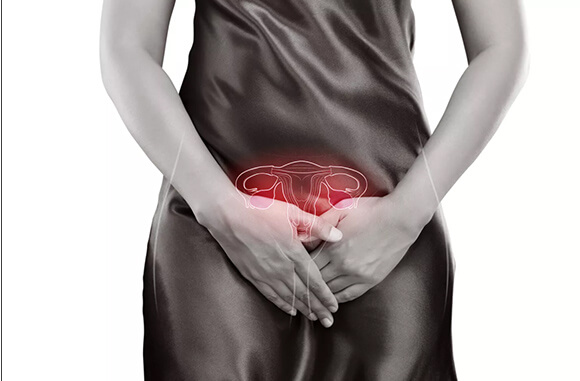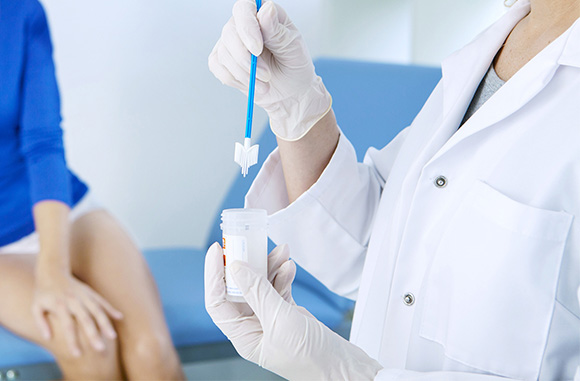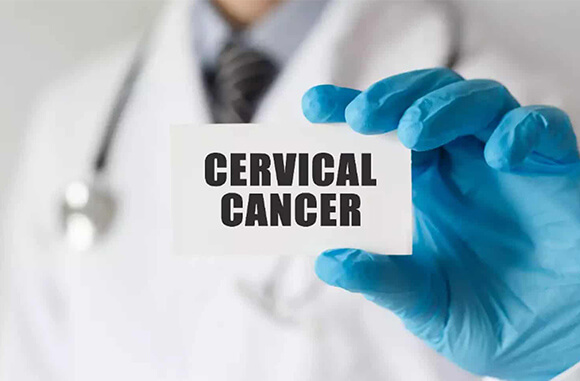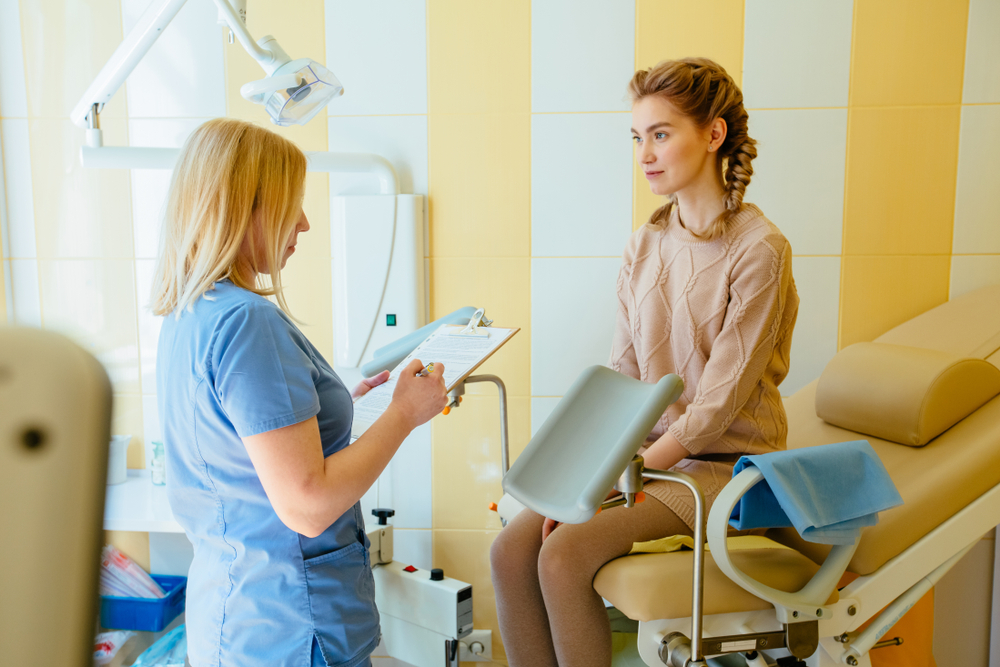Dr Madhushree Vijayakumar, Consultant Obstetrician & Gynaecology, Motherhood Hospital, Hebbal.

1 . What is cervical cancer and what are some of the major causes?
Cervical cancer is a type of cancer where cells change in women??s cervix, which connects their uterus with vagina. Causes of cervical cancer is the beginning of unusual changes in the tissue of the cervix. Most cases of cervical cancer are linked to infection with human papillomavirus (HPV). HPV is common and for most people there is less chances of virus developing into cancer. This means other factors ?? such as your lifestyle choices or environment factors?? also determine whether you’ll develop cervical cancer.
2 . What are some signs and symptoms of cervical cancer to look out for?
There are no symptoms or sign in early stage cervical cancer but for more advanced level cancer spread it includes signs as:
- Unusual vaginal bleeding after intercourse, between periods or after menopause.
- Bloody or watery vaginal discharge that may be heavy and have a foul odour.
- Pelvic pain or pain during sex
3 . How do the symptoms vary in different stages of cervical cancer?
There are 4 stages to cervical cancer:
- Stage 0: Precancerous cells are present. At this stage there are none or zero symptoms.
- Stage 1: In this stage cancer cells have grown from the surface into deeper tissues of the cervix, and possibly into the uterus and to nearby lymph nodes. Symptoms at this stage are less.
- Stage 2: In this stage cancer has now moved beyond the cervix and uterus, but not as far as the walls of the pelvis or the lower part of the vagina. It may or may not affect nearby lymph nodes and have symptoms like pelvic pain during intercourse, vaginal discharge.
- Stage 3: This is an advanced stage where cancer cells are present in the lower part of the vagina or the walls of the pelvis, and it may be blocking the ureters, the tubes that carry urine from the bladder. It may or may not affect nearby lymph nodes and may have symptoms like trouble peeing, swollen legs and bone pain among with stage 2 symptoms.
- Stage 4: This is the last stage where cancer affects the bladder or rectum and is growing out of the pelvis. It may or may not affect the lymph nodes. Later in stage 4, it will spread to distant organs, including the liver, bones, lungs, and lymph nodes. Symptoms spreads to whole body resulting in Weight loss and lack of appetite, fatigue, kidney failure, pelvic pain.
4 . How does cervical cancer affect your body?
Generally cervical cancer does not have an opportunity to affect the rest of the body, mainly because it is often diagnosed in its earliest stages. But if not diagnosed at early stage in can spread to other parts of their body (metastasize), often the lungs, liver, bladder, vagina, and rectum.
5 . Who is most at risk of developing cervical cancer?
Risk is a factor that increases the chances of getting a disease to a person and for cervical cancer these factors may raise a woman’s risk of developing one.
- Human papillomavirus (HPV) infection- HPV is themost important risk factor, though there are less chances of it developing into cancer but cervical cancer is frequently associated with HPV16, HPV18. People who are infected with high risk of HPV types are people who have sex at an earlier age or have multiple sexual partners.
- Immune system deficiency- women with low immune systems have higher chances of developing cervical cancer.
- Herpes and Oral contraceptives- women who have genital herpes and who takes birth control pills, may be associated with an increase in the risk of cervical cancer.
- Smoking and age- there are more chances for women to develop cervical cancer who smokes twice a daily compared to non-smokers. Women with the age group of above 20 to mid-30??s are exposed to this risk more.
6 . Is cervical cancer curable? Can cervical cancer spread quickly?
Cervical cancer is often curable if diagnosed at early stage. For early cervical cancer doctors recommend surgery to remove the cervix and some or all of the womb, or radiotherapy, or a combination of both. For advanced level radiotherapy with or without chemotherapy, and surgery is also sometimes used.
Cervical cancer cells are slow in growth, once cells in the cervix begin to undergo abnormal changes, it can take several years for the cells to grow into invasive cervical cancer. So there are many opportunities for early detection and treatment before the cancer has progressed to later stages.
7 . How do STIs increase your chances of cervical cancer? What is HPV and how does it affect your chances of getting cancer?
STI??s like HPV increases your chance of cervical cancer. HPV is Human Papillomavirus Infection it is the most important risk factor for cervical cancer. It??s related to a group of 150 viruses. Low risk HPV causes warts on or around the female and male genital organs and in the anal area. High risk HPV causes cancers, including cancer of the cervix, vulva, and vagina in women, penile cancer in men, and cancers of the anus, mouth, and throat in both men and women. It is a common virus and in most people the body can clear the infection by itself.
8 . What are some preventive measures that can lower your chances of cervical cancer?
Cervical cancer is a slow and deadly disease whose symptoms cannot be predicted at early stages. However some prevention can reduce the risk of cervical cancer such as regular screening or pap smear test to detect and prevent precancers, getting HPV vaccine, delaying first sexual intercourse until late teens or older, limit the number of sex partners and practice safe sex by using condom, avoid sexual intercourse with people who had many sexual partners or are infected with genital warts or show other symptoms, quit smoking.
9 . What are the different treatment options for cervical cancer? How long can each one last?
Cervical cancer if detected at earliest stage can be cured if not then various treatments are prescribed by the doctors for different stages such as surgery if cancer cells has not spread from the cervix, this is the most common treatment. Radiation therapy if doctors feel the cancer cells are present inside the body. In advanced stages radiation and chemotherapy is recommended. In later stages palliative therapy is provided to relieve symptoms and improve the patient??s quality of life and living.
Treatment for cervical cancer is a long process and takes a plenty amount of time of years.
10 . How long does it take to recover from cervical cancer treatments?
After the treatment it takes about 8 weeks for side effects to resolve although in some cases it can be permanent. There??s also a possibility that side effects can occur after years or months of treatment.


 Toll Free Number
Toll Free Number
















